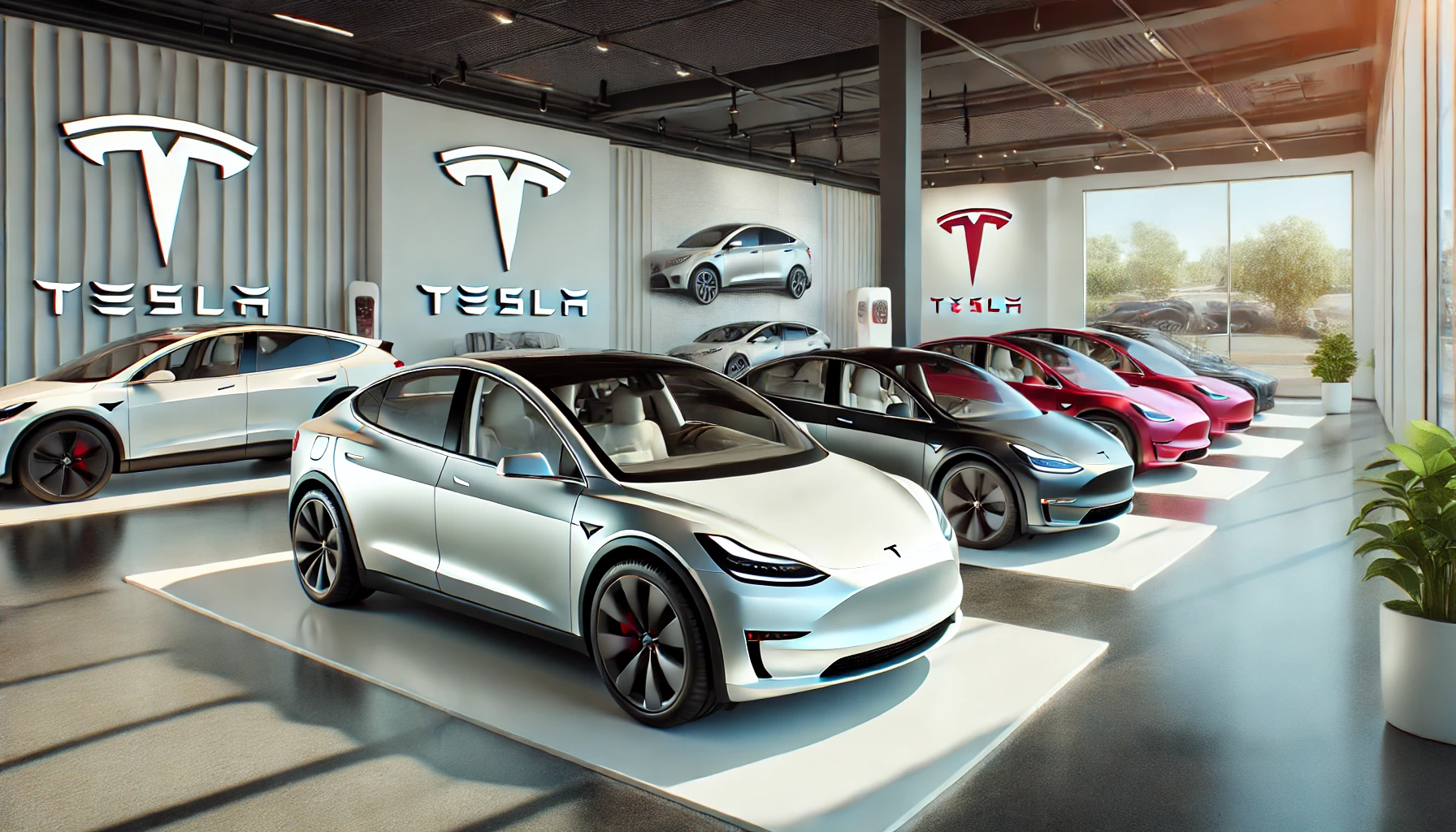 Tesla Stock Surges on Q2 Deliveries: Analysts Debate Future
Tesla Stock Surges on Q2 Deliveries: Analysts Debate Future
Tesla Inc. (TSLA) has witnessed a dramatic surge in its stock price following the release of impressive second-quarter vehicle delivery figures that surpassed market expectations. While investor optimism is palpable, analysts are closely scrutinizing Tesla’s ability to sustain its current momentum amidst ongoing challenges in the global electric vehicle (EV) market. This article delves into the implications of Tesla’s strong performance, the diverse viewpoints among analysts regarding its future trajectory, and the strategic considerations that will shape its path forward.
Strong Quarterly Performance
In Q2, Tesla delivered 443,956 vehicles, exceeding the consensus estimate of 439,302 vehicles. This robust performance not only demonstrates Tesla’s capability to meet and surpass market demand but also underscores its resilience in a competitive landscape marred by supply chain disruptions and fluctuating consumer sentiment. The announcement sparked a surge in Tesla’s stock price by more than 10%, reflecting investor confidence in the company’s operational efficiency and market strategy.
Guggenheim’s Cautious Stance: Challenges Ahead
Despite the positive delivery numbers, Guggenheim analyst Ronald Jewsikow maintains a cautious outlook. While acknowledging the delivery beat as “a materially positive surprise,” Jewsikow raises concerns about the sustainability of Tesla’s growth trajectory. He points to historical patterns where significant promotional activities and price cuts have temporarily boosted demand, potentially leading to challenges in maintaining growth momentum in subsequent quarters.
Jewsikow elaborates, “Demand is often pulled forward by aggressive marketing strategies, necessitating continuous efforts to stimulate new demand amidst evolving market dynamics.”
Navigating Market Dynamics: Tesla’s Strategic Outlook
Tesla faces multifaceted challenges in the EV market, including fluctuating production levels, intensified competition in key regions like China, and regulatory uncertainties such as tariffs in Europe. These factors pose potential risks to Tesla’s profitability and market share, prompting strategic adjustments in production strategies, supply chain management, and market expansion efforts.
Analyst Insights: Divergent Views on Tesla’s Future
Analysts offer divergent views on Tesla’s future prospects. Dan Ives from Wedbush expresses optimism, believing Tesla is well-positioned to achieve its ambitious goal of producing 2 million units annually in the near term. He raised his price target, citing confidence in Tesla’s technological prowess, global demand stabilization, and the potential for margin expansion as production scales.
Conversely, Itay Michaeli of Citi Research maintains a more cautious stance, emphasizing the complexities of Tesla’s market environment and the need for prudent investor assessment amidst ongoing volatility. Michaeli underscores the importance of monitoring Tesla’s execution of strategic initiatives and its responsiveness to market challenges to mitigate downside risks.
Tesla showroom with several electric vehicles on display, highlighting their sleek design and modern environment.

Financial Strategy and Market Sentiment
Tesla’s financial strategy and market sentiment are pivotal in shaping investor perceptions and stock performance. The company’s ability to effectively manage costs, optimize production efficiencies, and capitalize on emerging opportunities in the EV sector will be critical in sustaining investor confidence and driving long-term growth. Moreover, investor sentiment will be influenced by Tesla’s ability to deliver on its promises of innovation, sustainability, and profitability amidst a competitive and rapidly evolving industry landscape.
Navigating Uncertainty with Strategic Foresight
As Tesla navigates through the dynamic EV landscape, investor sentiment remains mixed. While the company celebrates a successful quarter in vehicle deliveries, questions persist about its ability to maintain momentum amidst competitive pressures, regulatory challenges, and macroeconomic uncertainties. Analysts’ diverse perspectives underscore the complexity of Tesla’s market position and the strategic decisions that will define its future trajectory.
“In the second quarter, we produced approximately 411,000 vehicles and delivered approximately 444,000 vehicles. From here, the focus will turn to Tesla’s Q2 auto gross margins to gauge the price vs. cost equation,” stated Tesla in a recent company statement.
Strategic Decisions in a Dynamic Market
Tesla’s stock performance hinges not only on its operational execution but also on its strategic agility in navigating regulatory challenges, market dynamics, and technological advancements. As investors evaluate Tesla’s risk-reward profile, the company’s ability to innovate and adapt to evolving industry trends will be crucial in maintaining its leadership position and investor trust in the competitive global EV market. Tesla’s strategic decisions in the coming quarters will be pivotal in shaping its long-term growth trajectory and cementing its role as a pioneer in sustainable transportation solutions.












